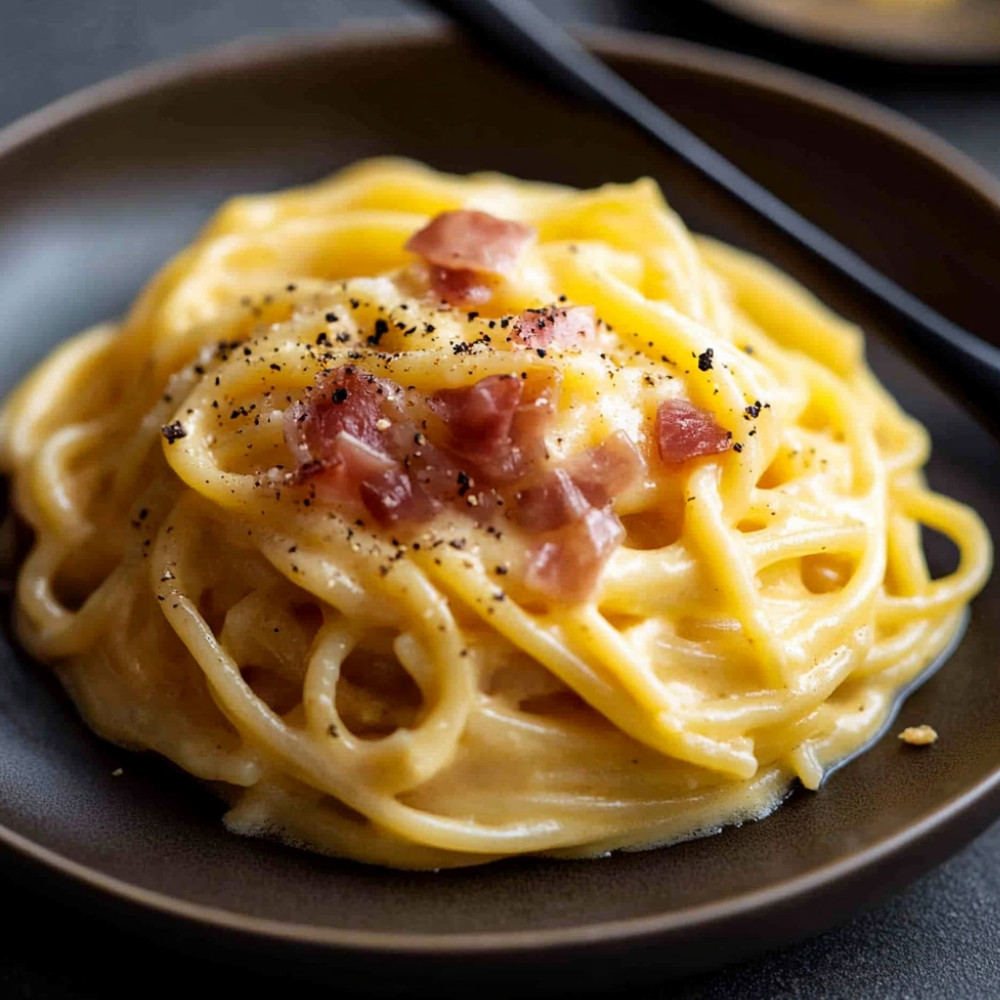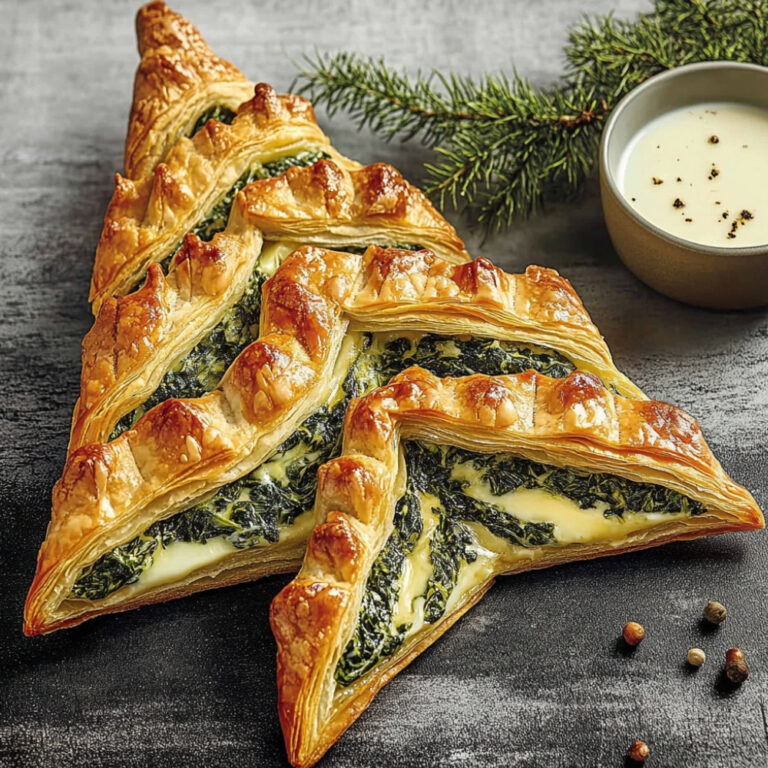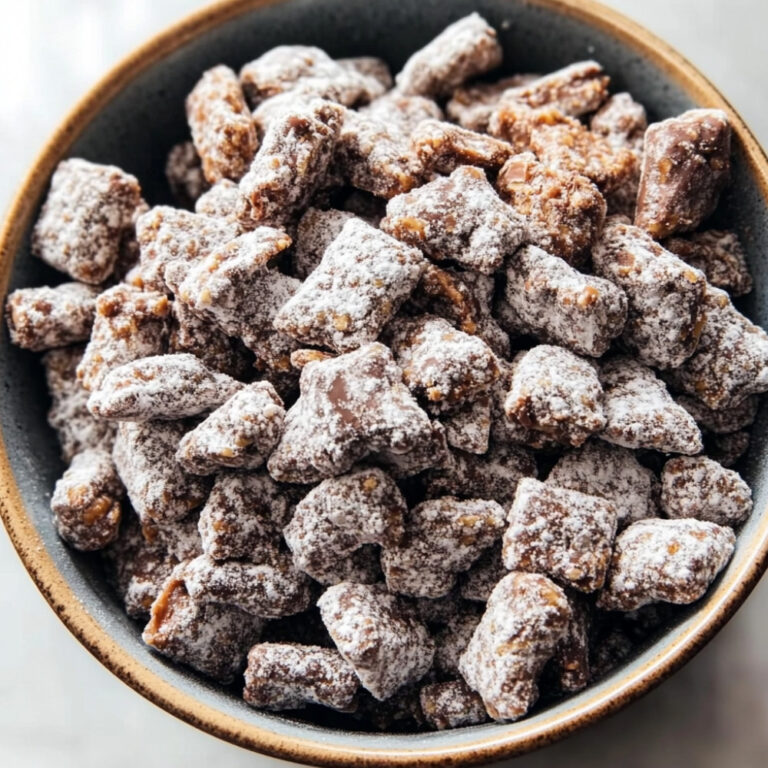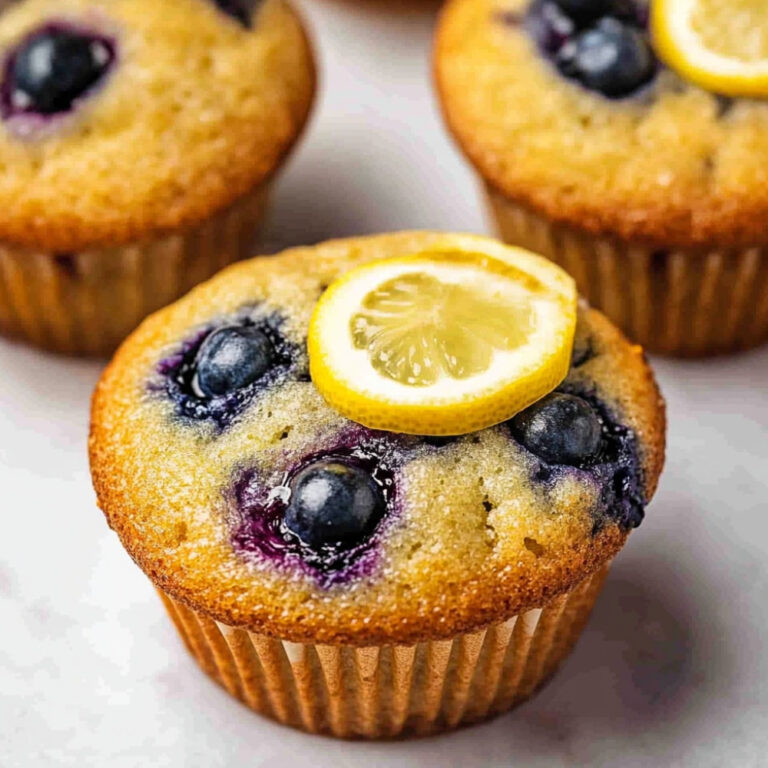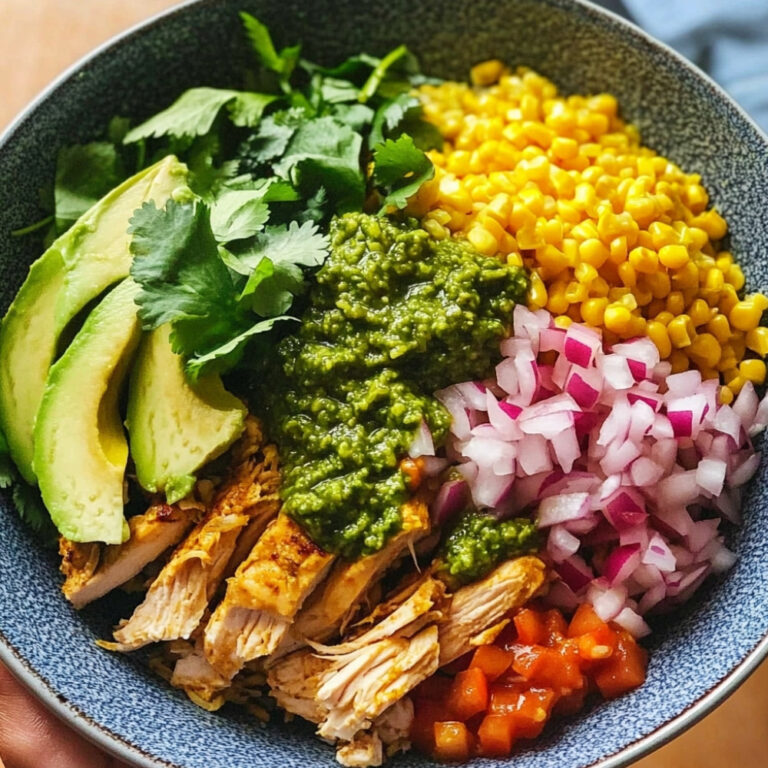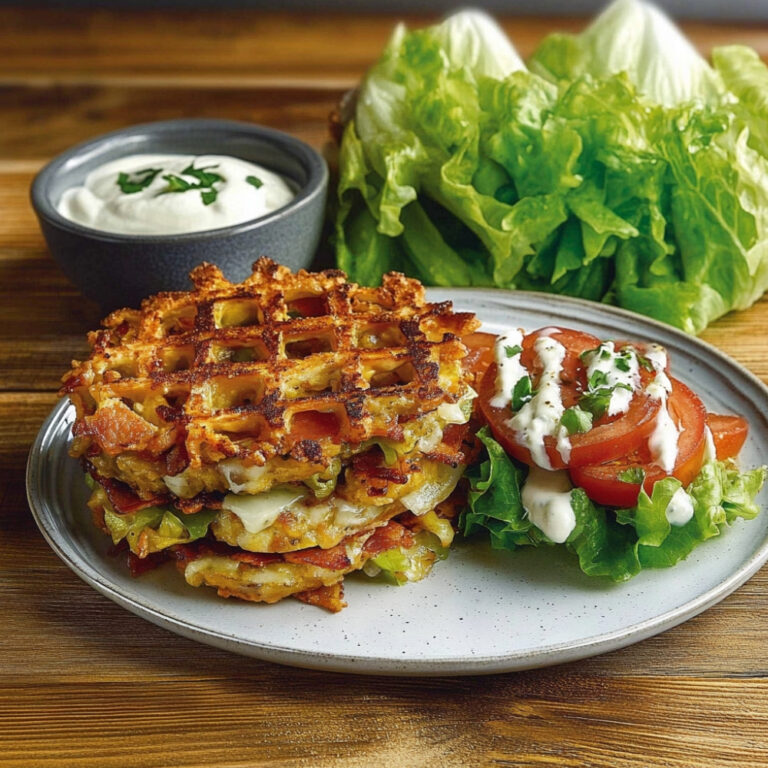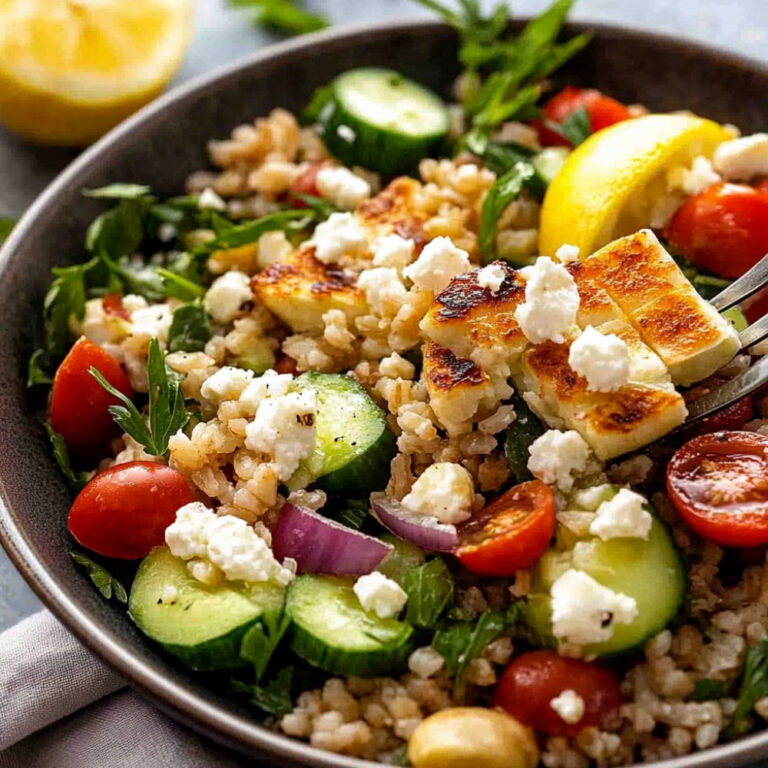“Classic Carbonara: Simple, Creamy, and Deliciously Satisfying”
Oh, carbonara, where do I even start? It’s like a warm hug on a plate. The creamy sauce wrapping around perfectly cooked pasta, the salty crunch of guanciale… it’s just divine. This dish really knows how to warm your soul, and honestly, it’s one of those meals that makes you feel like you’re sitting in a cozy Italian trattoria, soaking in the aromas of fresh ingredients and laughter. Simple, yet oh so satisfying—you’ll want it on repeat!
Why You’ll Crave It
- It’s creamy and decadent but still feels light enough to enjoy any day of the week.
- Just a handful of ingredients—like, really, you might just have them on hand already!
- The guanciale adds a rich, savory punch that, trust me, you won’t forget.
- It’s a classic. I mean, who doesn’t love a dish that feels like a little slice of Italy?
The first time I made this for my family, their eyes lit up… like it was magic.
What You’ll Need
- Spaghetti: 400 grams, because it’s just the right amount to soak up that sauce.
- Guanciale: 150 grams, diced into little cubes—this gives you that salty goodness.
- Egg yolks: 4 large… only the yolks, trust me—so creamy!
- Parmesan cheese: 100 grams, finely grated, it melts beautifully into the sauce.
- Pecorino Romano cheese: 50 grams, finely grated, for that tangy kick.
- Black pepper: freshly ground, to taste—don’t be shy!
- Salt: just for the pasta water, because pasta needs love too.
Easy How-To
Cooking That Pasta
Okay, so first things first, grab a big pot and fill it with salted water—like, it should taste a bit like the sea! Bring it to a boil. Once it’s bubbling away, toss in the spaghetti and cook according to the package instructions until it’s al dente… you know, firm but cooked. Remember to save a cup of that flavorful pasta water before you drain it, because it’s gonna help make that sauce silky later!
Good to Know
- If you can get your hands on guanciale, do it! But pancetta works in a pinch if needed.
- Mixing the egg and cheese together is key—like, don’t skip it! We want that creamy consistency, not scrambled eggs.
Serving Ideas
- Serve it hot with a dusting of extra cheese and a generous crack of black pepper on top.
Top Tricks
- Always add the egg mixture to the pasta off the heat to avoid scrambling; we want a silky sauce, not a breakfast scramble!
Frequently Asked Questions
Can I use bacon instead of guanciale?
Sure, you can use bacon or pancetta! They’ll give you that salty, savory flavor, but it won’t quite be the same… guanciale has a unique richness that’s hard to match.
Is it safe to eat raw eggs in carbonara?
So generally, yes, it’s safe because the hot pasta warms the eggs just enough. But if you’re uneasy about it, maybe look for pasteurized eggs. Better safe than sorry, right?
How do I store leftovers?
Leftovers, if you have any… which, let’s be honest, you probably won’t! But if you do, store them in an airtight container in the fridge for a day or two. Just reheat gently on the stove, maybe with a splash of water to loosen it up.
Can I make this vegetarian?
Oh, absolutely! You could use mushrooms—like, sautéed until they’re nice and golden—to get that umami flavor or even some roasted veggies. But, you know, it won’t be the classic version.
Conclusion
So there you have it—the beauty of carbonara, a dish that’s not only delicious but also brings a little slice of Italy right into your kitchen. With the simplicity of its ingredients and the richness of its flavors, it’s hard not to love every bite. Whether it’s a weeknight meal or something to impress friends, trust me, this is one recipe you’ll return to again and again.
More recipe suggestions
Spaghetti Aglio e Olio
A classic that’s simple, garlic-forward, and so satisfying—it’s a great weeknight dinner.
Fettuccine Alfredo
Some creamy goodness that’s rich and comforting. It’s like a warm blanket of pasta!
Pasta alla Caprese
Bright and fresh, this one’s perfect for summer days with the zing of tomatoes and mozzarella.
Pasta Pesto
Fresh basil, nuts, and cheese come together for a vibrant dish packed with flavor.
Macaroni and Cheese
Classic comfort food that always feels like home… who could resist that cheesy goodness?
Carbonara with Vegetables
Throw in your favorite seasonal veggies! Adds color and nutrition, and it tastes amazing.
Chicken Carbonara
For those days when you want a heartier meal, add some cooked chicken—it’s delish.
Seafood Carbonara
Swap in some shrimp or scallops for a fancy twist on a classic—so luxurious!

